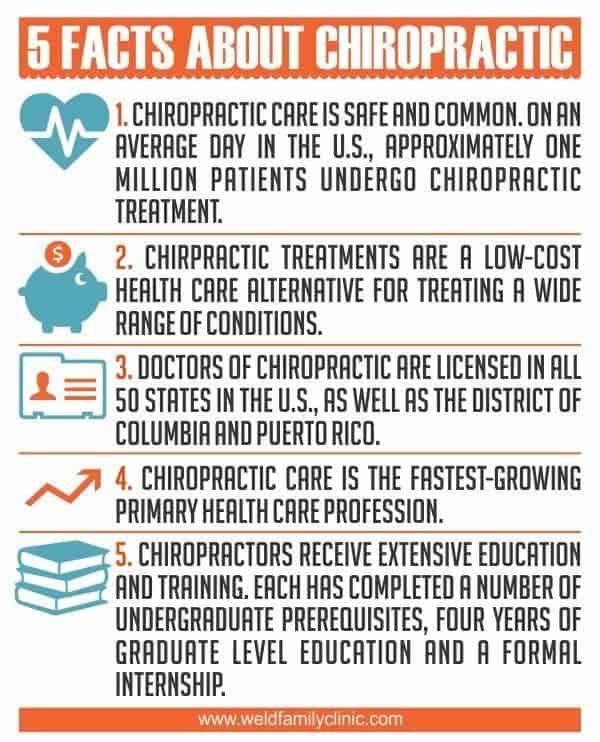You may have heard of cold laser therapy as an encouraging treatment alternative for various conditions, yet have you ever before wondered just how it in fact services a cellular level? Comprehending the mechanisms behind this treatment can shed light on its efficiency in promoting recovery and reducing swelling. By exploring the science behind cold laser therapy, you'll gain insights right into the interesting ways in which light can affect mobile procedures and help with tissue fixing.
Exactly How Cold Laser Treatment Works
To comprehend just how cold laser therapy functions, you need to realize the essential concepts of how light power engages with biological tissues. Cold laser treatment, likewise called low-level laser treatment (LLLT), makes use of particular wavelengths of light to penetrate the skin and target hidden tissues. Unlike the intense lasers made use of in surgical procedures, cold lasers release low levels of light that do not create heat or trigger damages to the tissues.
When these mild light waves get to the cells, they're soaked up by parts called chromophores, such as cytochrome c oxidase in mitochondria. This absorption causes a collection of biological reactions, consisting of raised cellular energy manufacturing and the launch of nitric oxide, which improves blood flow and decreases inflammation.
In addition, the light energy can also boost the manufacturing of adenosine triphosphate (ATP), the energy currency of cells, assisting in cellular repair and regrowth processes.
Essentially, cold laser treatment takes advantage of the power of light energy to promote healing and alleviate discomfort in a non-invasive and gentle manner.
Systems of Action
Just how does cold laser treatment actually function to generate its therapeutic effects on biological cells?
Cold laser treatment, also called low-level laser therapy (LLLT), runs with a procedure referred to as photobiomodulation. When the cold laser is put on the skin, the light power passes through the cells and is taken in by chromophores within the cells.
These chromophores, such as cytochrome c oxidase in the mitochondria, are then boosted by the light power, bring about a waterfall of organic reactions. One essential device of action is the improvement of cellular metabolic process.
The soaked up light power increases ATP production in the mitochondria, which is critical for cellular feature and repair work. Furthermore, cold laser therapy aids to lower swelling by hindering inflammatory mediators and promoting the launch of anti-inflammatory cytokines.
This anti-inflammatory effect adds to pain relief and tissue recovery.
Healing Results
Recognizing the restorative impacts of cold laser therapy entails identifying exactly how the improved cellular metabolism and anti-inflammatory homes contribute to its favorable results on biological cells.
When visit the following internet site is applied to the affected location, it stimulates the mitochondria within the cells, leading to boosted manufacturing of adenosine triphosphate (ATP), which is essential for cellular function and repair service. This increase in mobile energy speeds up the recovery process by promoting tissue regeneration and lowering swelling.
Furthermore, the anti-inflammatory residential properties of cold laser therapy assistance to decrease discomfort and swelling in the targeted location. By hindering inflammatory arbitrators and advertising the launch of anti-inflammatory cytokines, cold laser therapy aids in relieving discomfort and improving the total healing action.
This reduction in swelling not just provides prompt relief yet additionally supports long-lasting tissue repair service.
Verdict
In conclusion, cold laser treatment functions by stimulating mobile fixing and tissue regeneration via photobiomodulation. https://coldlsertherapy43198.ssnblog.com/32945696/uncovering-the-possible-of-cold-laser-therapy-a-promising-therapy-for-a-range-of-conditions -inflammatory buildings provide pain relief and minimize swelling by preventing inflammatory moderators.
This therapy offers an extensive strategy to recovery, delivering both instant relief and long-lasting tissue repair work benefits.
With its mechanisms of activity, cold laser treatment proves to be a reliable and promising treatment alternative for a selection of problems.

 Danny Tamberelli Then & Now!
Danny Tamberelli Then & Now! Patrick Renna Then & Now!
Patrick Renna Then & Now! Val Kilmer Then & Now!
Val Kilmer Then & Now! Jenna Jameson Then & Now!
Jenna Jameson Then & Now! Gia Lopez Then & Now!
Gia Lopez Then & Now!